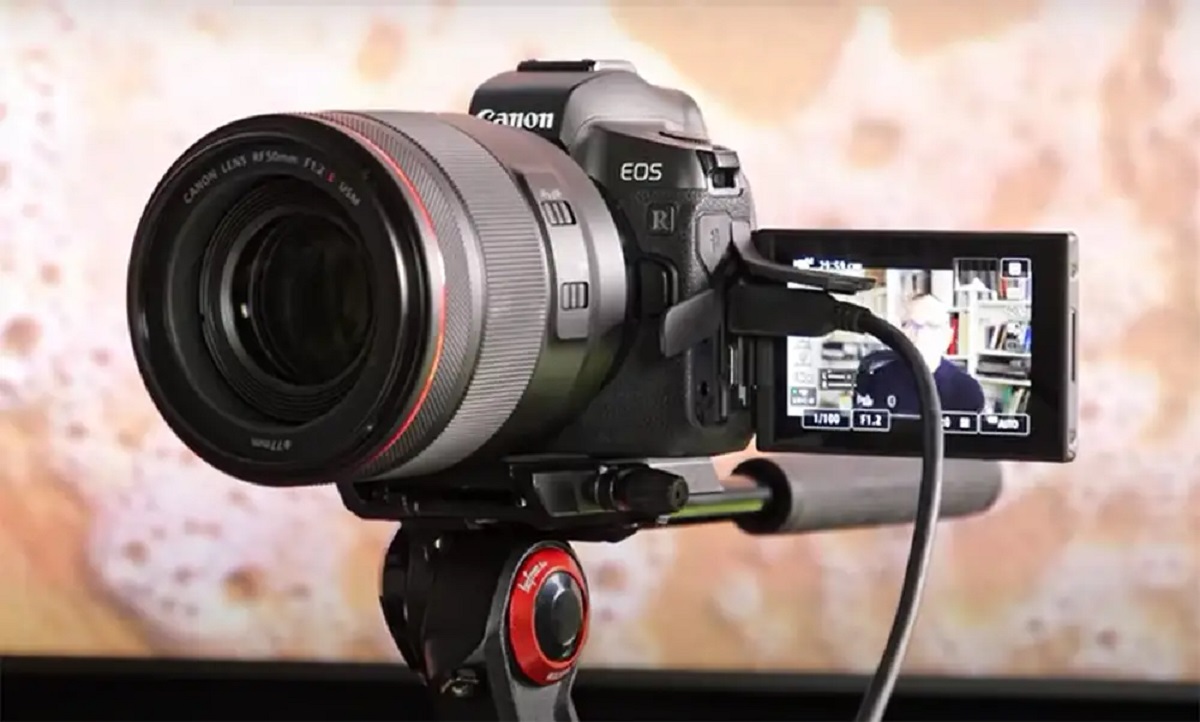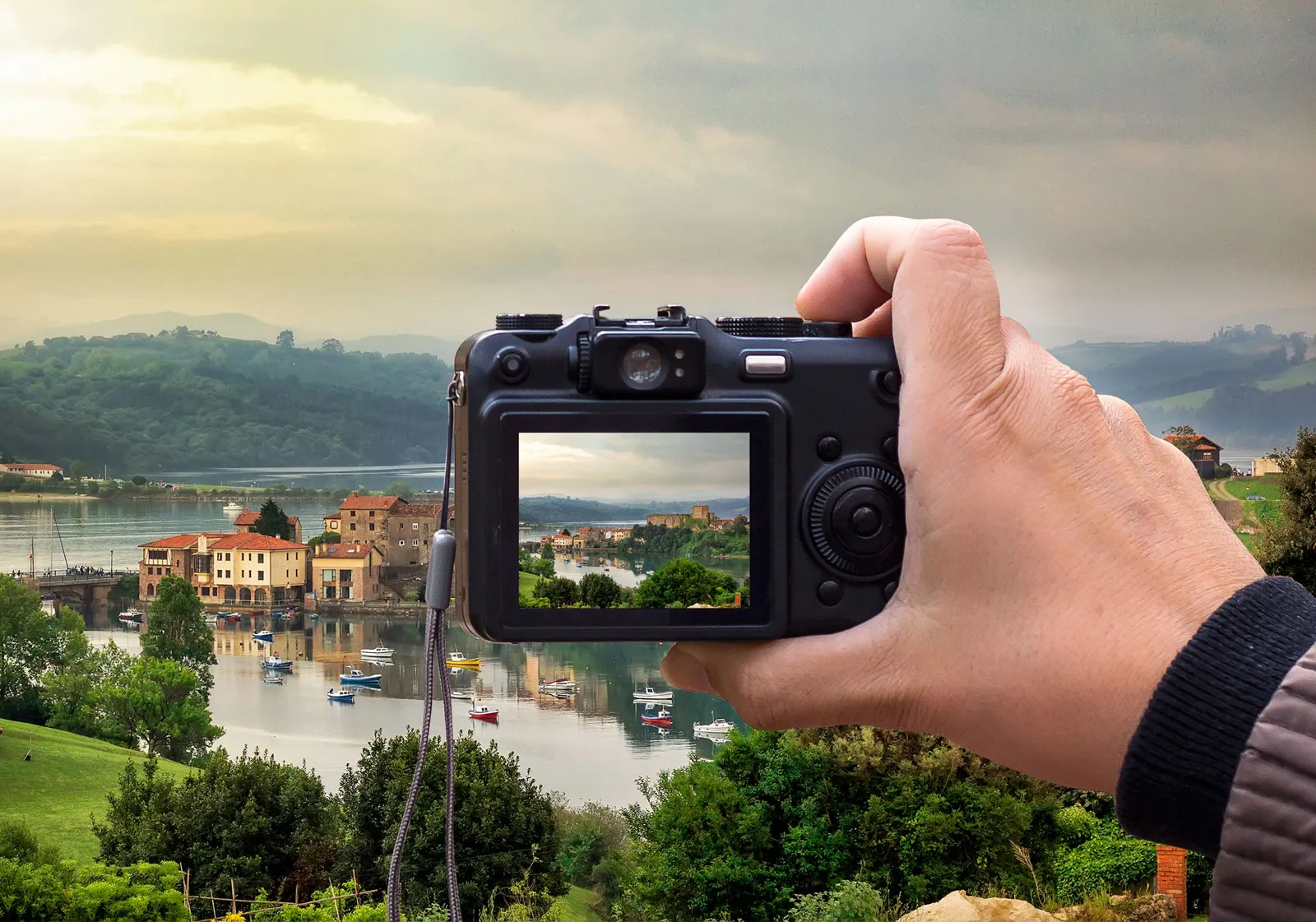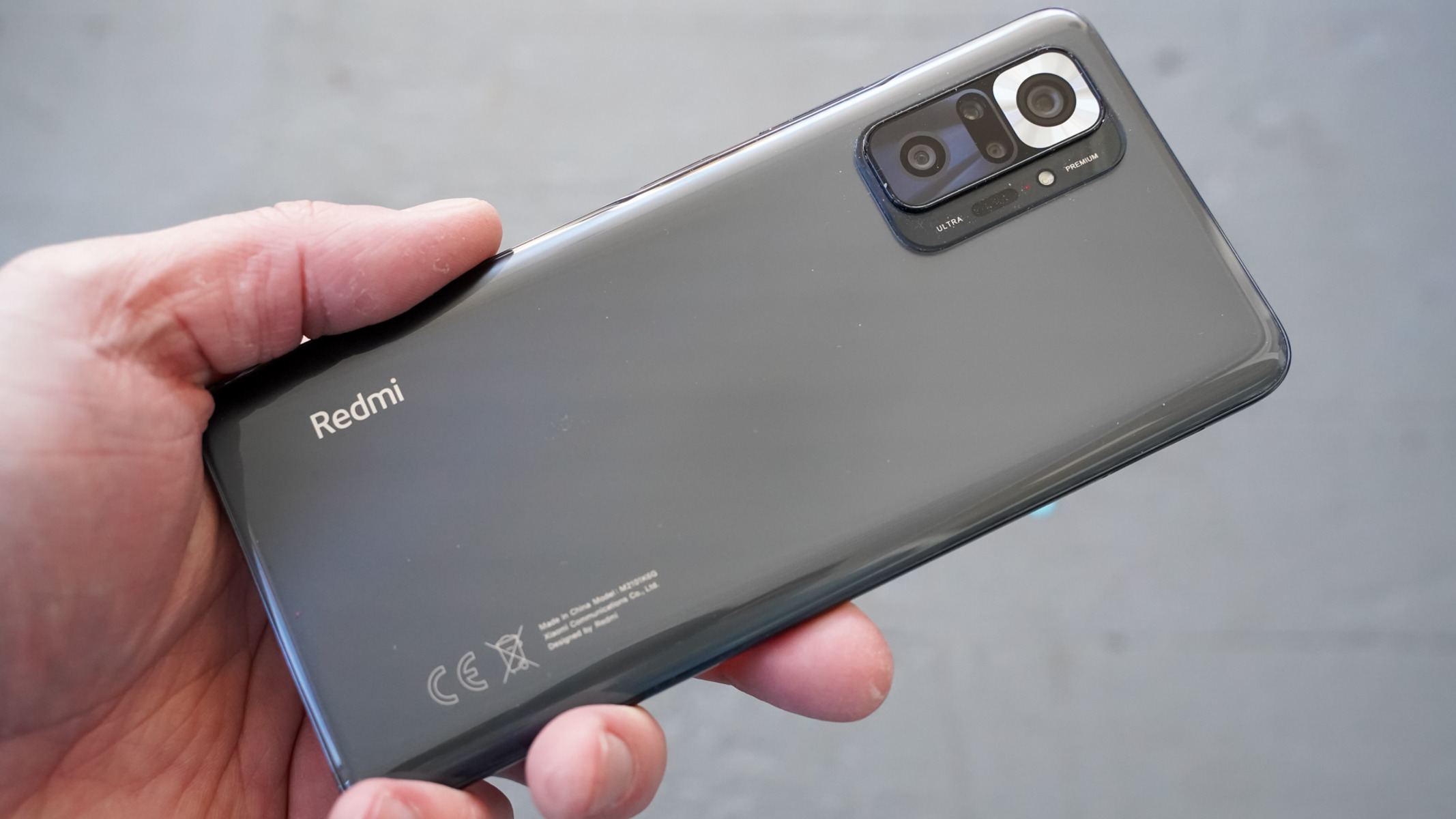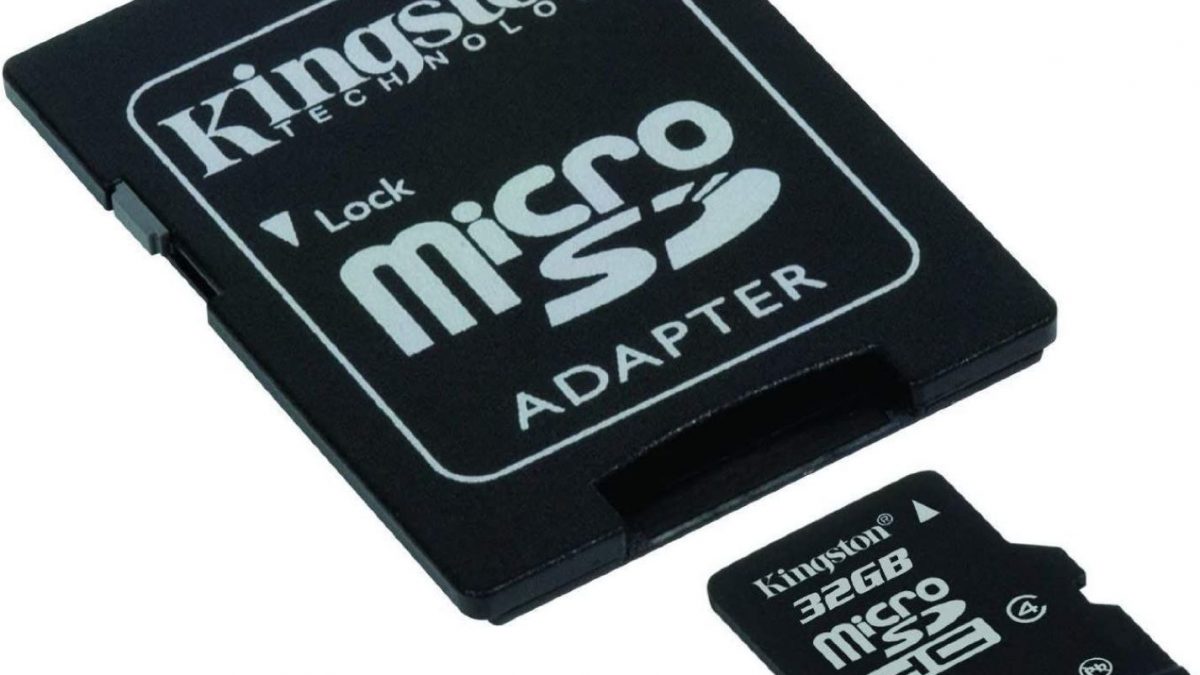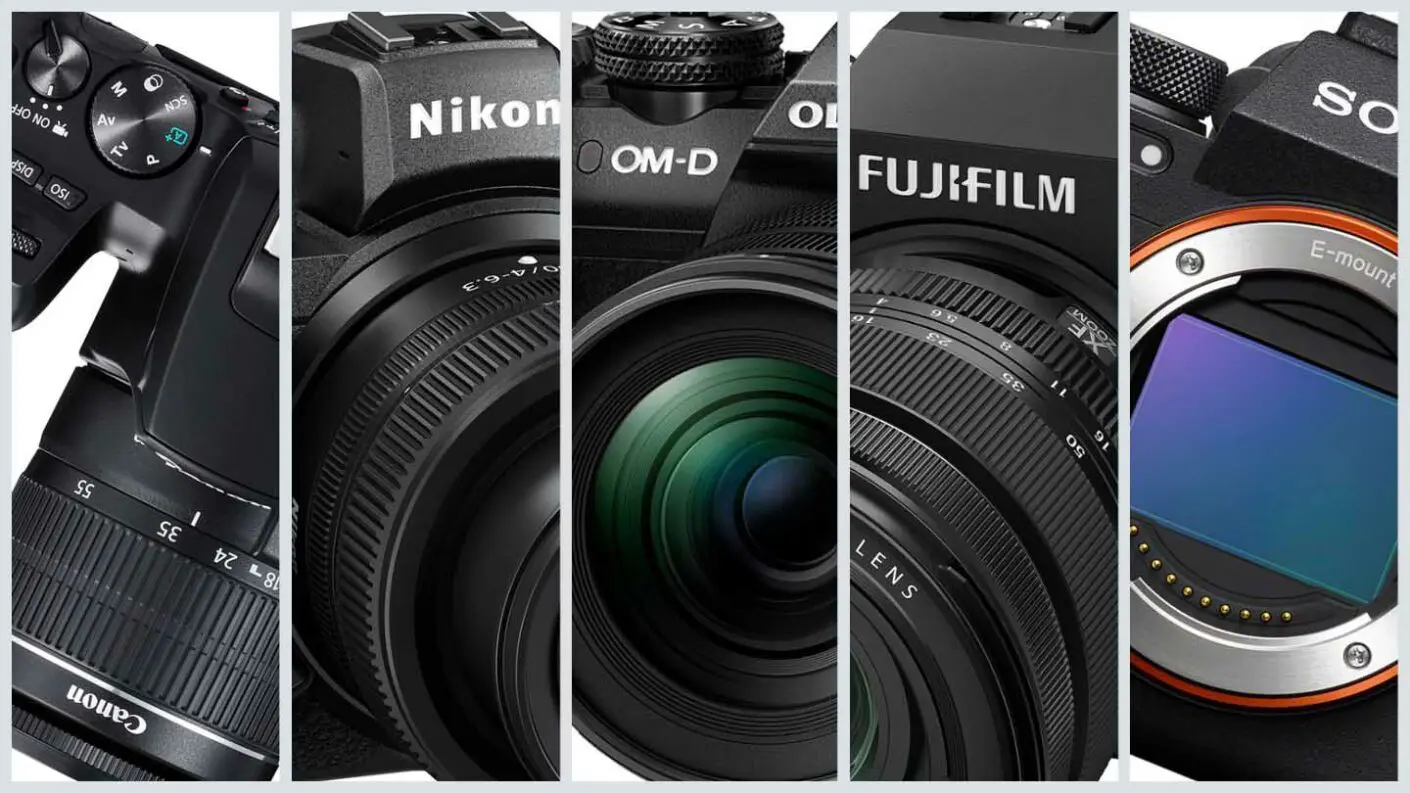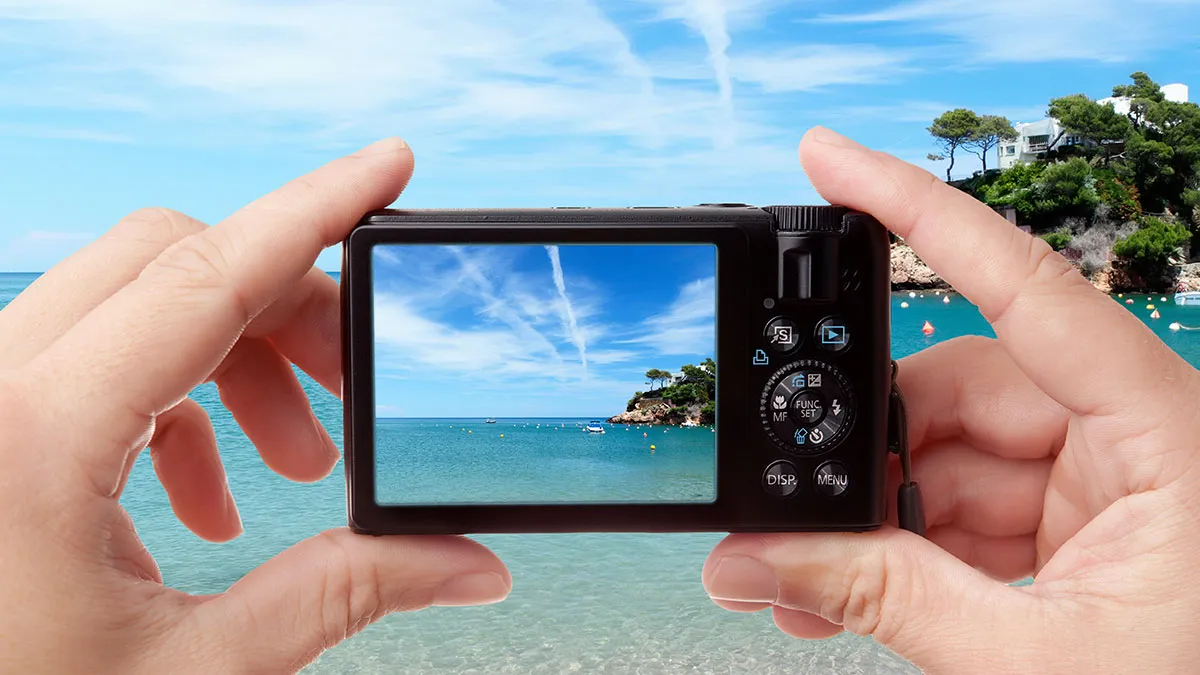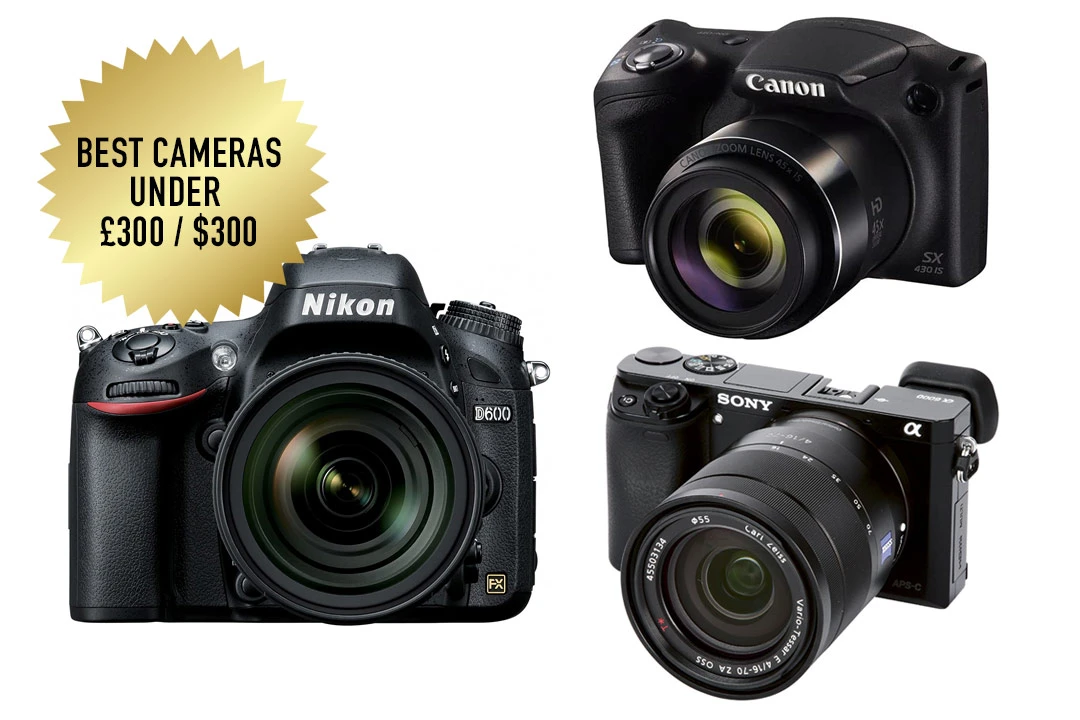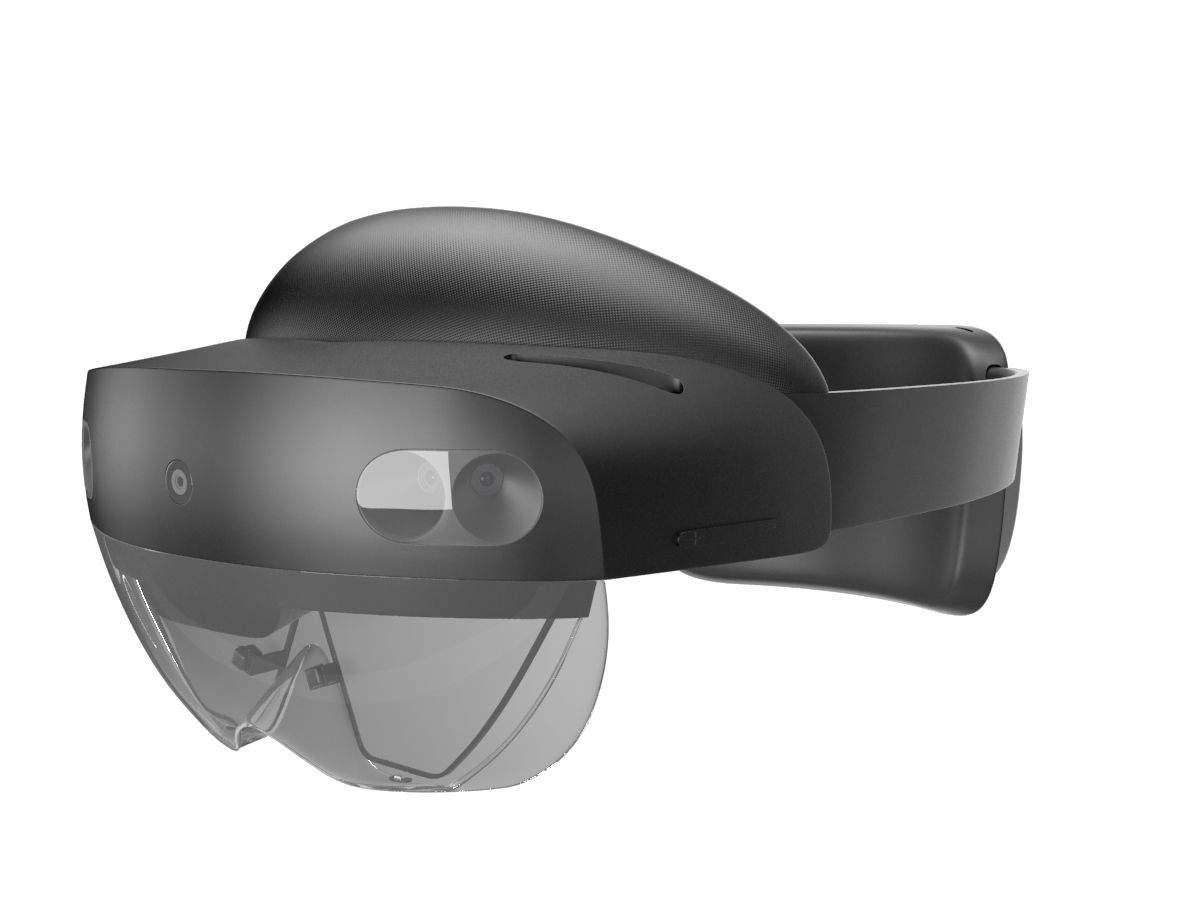Introduction
In today’s digital age, capturing life’s precious moments has become easier than ever before. Gone are the days of relying on film rolls and photo development; instead, digital cameras have taken center stage. With advanced technology, these devices have revolutionized the way we take, store, and share photographs. Whether you’re a professional photographer or a casual enthusiast, understanding the features and functions of digital cameras is essential.
So, what exactly is a digital camera? Simply put, it’s an electronic device that captures and stores photographs in digital format. Unlike traditional film cameras, digital cameras use an image sensor to convert light into digital data, which is then saved onto a memory card. This digital format allows for more flexibility in editing and sharing images.
One of the key advantages of digital cameras is their ability to preview images before capturing them. With a built-in LCD screen, photographers can review their shots, adjust settings, and retake photos if necessary. This instant feedback provides greater control and ensures that you capture the perfect shot every time.
Furthermore, digital cameras offer a wide range of features and functions that enhance the overall photography experience. These include optical zoom, image stabilization, face detection, manual exposure control, and various shooting modes. With such versatility, digital cameras cater to different skill levels and photographic needs.
Another important aspect to consider when choosing a digital camera is its image quality. While megapixels often come to mind, it’s important to understand that high megapixel count doesn’t necessarily guarantee superior image quality. The quality of the image sensor and other factors, such as lens quality and image processing algorithms, play a significant role in producing sharp, vibrant, and noise-free photos.
In the following sections, we’ll delve into the different types of digital cameras available in the market, their unique features, advantages, and disadvantages. By understanding the options, you’ll be better equipped to choose the right digital camera that suits your photography style and needs. So, let’s explore the wonderful world of digital cameras together!
Definition of a Digital Camera
A digital camera is a device that captures and stores photographs in digital form. Unlike traditional film cameras, which use photographic film to record images, digital cameras use electronic image sensors to capture light and convert it into digital data. This data is then stored on a memory card, allowing for easy transfer to computers, smartphones, and other digital devices for viewing, editing, and sharing.
One of the key components of a digital camera is the image sensor. The sensor consists of millions of pixels, which are tiny light-sensitive elements responsible for capturing the details of a scene. Each pixel records the intensity of light it receives and produces a corresponding digital value, creating the image.
Alongside the image sensor, digital cameras also feature a lens system that focuses light onto the sensor. The lens determines the perspective, depth of field, and overall clarity of the photograph. Different lenses offer various focal lengths, such as wide-angle or telephoto, allowing photographers to capture a wide range of subjects and achieve desired creative effects.
Another essential component of digital cameras is the LCD (liquid crystal display) screen. This screen serves as a viewfinder, allowing photographers to compose their shots and preview the image before capturing it. Additionally, the LCD screen provides access to various camera settings and menus, making it easier for users to adjust exposure, focus, white balance, and other parameters.
In addition to capturing still images, many digital cameras also have the capability to record videos. These cameras often include features such as autofocus, image stabilization, and adjustable frame rates, enabling users to capture high-quality videos in different settings.
One of the advantages of digital cameras is their ability to store and organize photos digitally. By utilizing memory cards with high storage capacities, photographers can capture hundreds or even thousands of images without the need to change film rolls. This convenience allows for more flexibility, as well as the opportunity to review, delete, and organize photos directly on the camera.
With the advancement of technology, digital cameras have become more compact, lightweight, and user-friendly over the years. From professional DSLRs (Digital Single-Lens Reflex) to compact point-and-shoot cameras, there is a wide range of options available to suit various skill levels and photography needs.
In the next sections, we will explore the different types of digital cameras in more detail, discussing their unique features, advantages, and disadvantages. By understanding the various options, you’ll be able to make an informed decision when choosing the right digital camera for your photography journey.
Features and Functions of a Digital Camera
Digital cameras come packed with a wide array of features and functions that enhance the photography experience and allow photographers to capture stunning images. Whether you’re a novice or a professional, understanding these features is crucial in maximizing the potential of your digital camera.
One of the key features of digital cameras is the ability to adjust various settings to control the exposure of an image. These settings include aperture, shutter speed, and ISO sensitivity. Aperture determines the amount of light entering the camera through the lens, while shutter speed controls the duration of the exposure. ISO sensitivity, on the other hand, measures the camera’s sensitivity to light. By mastering these settings, photographers can manipulate the exposure to achieve desired creative effects.
Another important function of digital cameras is image stabilization. This feature helps to counteract camera shake, resulting in sharper images, especially in low-light conditions or when using long zoom lenses. Image stabilization can be either optical or digital, with optical stabilization being generally more effective.
Autofocus is another essential function found in digital cameras. With autofocus, the camera automatically adjusts its lens to achieve sharp focus on the subject. Many cameras offer different autofocus modes, such as single-point, continuous, and tracking, allowing photographers to choose the most suitable option based on the shooting scenario.
Additionally, digital cameras often come equipped with various shooting modes, such as landscape, portrait, sports, and night mode. These pre-programmed modes optimize the camera settings for specific scenarios, making it easier for users to capture high-quality images in different situations without extensive technical knowledge.
Digital cameras also provide the option to shoot in different file formats, such as JPEG and RAW. JPEG is a compressed format that suits most general photography needs, while RAW files retain all the original data captured by the image sensor, offering greater flexibility in post-processing and editing.
Many digital cameras also feature a built-in flash, allowing photographers to add light to a scene when needed. This is especially useful in low-light situations or when capturing subjects against a bright background. Some cameras also support external flash units, providing even more control over lighting.
Furthermore, digital cameras often offer additional functions like face detection, which helps to automatically focus and expose correctly for human faces, and in-camera editing options, allowing photographers to adjust and enhance their images without the need for external software.
Other noteworthy features of digital cameras include Wi-Fi and Bluetooth connectivity, which enable wireless transfer of images to other devices, such as smartphones or computers, as well as remote control functionality, allowing photographers to trigger the shutter from a distance.
Understanding and utilizing the various features and functions of a digital camera can greatly enhance your photography skills and enable you to capture images that truly stand out. Experimenting with different settings and exploring the capabilities of your camera can lead to exciting and creative results.
Image Quality and Megapixels
When discussing digital cameras, the topic of image quality often arises, with megapixels being a commonly mentioned factor. However, it’s important to understand that image quality is not solely determined by the number of megapixels a camera has.
Megapixels refer to the resolution of an image and represent the number of pixels that the image sensor can capture. Higher megapixel counts result in larger image file sizes and the potential for more detail when capturing photographs.
While having more megapixels can be advantageous when it comes to printing large-format images or cropping photos without losing too much detail, it doesn’t guarantee superior image quality on its own. Other factors, such as the quality of the image sensor, lens, and image processing algorithms, also play crucial roles in capturing sharp, vibrant, and noise-free images.
The image sensor is a key component in determining image quality. Larger sensors generally produce better image quality, as they have larger pixels that can capture more light, resulting in improved dynamic range and decreased noise in low-light conditions.
The lens quality is another significant factor that affects image sharpness and clarity. A high-quality lens can help to minimize distortion, chromatic aberration, and other optical issues, resulting in sharper images with accurate color reproduction.
Additionally, image processing algorithms employed by the camera can impact the overall image quality. These algorithms determine how the camera interpolates and processes the raw data captured by the image sensor. Different camera models and brands may have their own proprietary image processing technologies, which can result in varying levels of image quality and color rendering.
It’s worth noting that the intended use of the images also factors into the importance of megapixels. For most everyday photography needs, such as sharing images on social media or printing standard-sized prints, a camera with a moderate megapixel count will suffice. On the other hand, if you plan on printing large-sized images or require extensive cropping capabilities, a higher megapixel count may be beneficial.
Ultimately, when considering image quality, it’s crucial to take into account the overall performance of the camera, including the image sensor, lens quality, and image processing capabilities. Instead of solely focusing on megapixels, it’s important to look at the camera as a whole system and evaluate its performance in real-world shooting conditions.
By understanding the relationship between megapixels, image quality, and other factors, you’ll be able to make informed decisions when choosing a digital camera that suits your photography needs and preferences.
Types of Digital Cameras
Digital cameras come in various types, each designed to cater to different photography styles, skill levels, and preferences. Understanding the different types of digital cameras can help you choose the one that best suits your needs. Let’s explore some of the most common types:
- DSLR Cameras: Digital Single-Lens Reflex (DSLR) cameras are known for their versatility, image quality, and manual controls. These cameras feature interchangeable lenses and a mirror mechanism that allows you to see through the lens via an optical viewfinder. DSLRs are popular among professional photographers and serious enthusiasts due to their advanced features, excellent image quality, and the ability to capture fast-action subjects.
- Mirrorless Cameras: Mirrorless cameras, also known as Compact System Cameras (CSC), have gained popularity in recent years. These cameras are similar to DSLRs in terms of image quality and manual controls but are more compact and lightweight. Instead of a mirror, mirrorless cameras use an electronic viewfinder or rear LCD screen for image composition. They offer a wide range of interchangeable lenses and often excel in video capabilities.
- Point-and-Shoot Cameras: Point-and-shoot cameras, also called compact cameras, are compact, lightweight, and easy to use. They are designed for casual photographers who want simplicity and convenience. These cameras typically have fixed lenses and automatic settings, making them ideal for everyday use, travel, and snapshots.
- Compact Cameras: Compact cameras are similar to point-and-shoot cameras, but they offer more advanced features and manual controls. They are characterized by their smaller size and portability while still offering a variety of shooting options. Compact cameras are suitable for hobbyists who want more control over their photography without the need for interchangeable lenses.
- Bridge Cameras: Bridge cameras bridge the gap between compact cameras and DSLRs. They offer more advanced features and manual controls compared to point-and-shoot cameras but without the interchangeable lenses of DSLRs. Bridge cameras often have a wide zoom range, making them versatile for various shooting scenarios.
- Action Cameras: Action cameras have become increasingly popular, especially for sports and adventure photography. These cameras are compact, rugged, and designed to withstand extreme conditions. They are known for their wide-angle lenses, waterproof capabilities, and the ability to capture high-quality videos with smooth stabilization.
- Instant Cameras: Instant cameras, also known as Polaroid cameras, provide the unique ability to print physical copies of the photos immediately after capturing them. These cameras offer a fun and nostalgic experience, allowing you to have tangible prints to share or keep as a memento.
Each type of digital camera has its own advantages and disadvantages, depending on your photography goals and preferences. Consider factors such as image quality, ease of use, portability, and the flexibility of interchangeable lenses when choosing the right digital camera for you.
By understanding the different types of digital cameras available, you can make an informed decision and find the camera that best suits your needs, whether you’re a professional photographer, an enthusiast, or simply looking for a camera for everyday moments.
DSLR Cameras
DSLR (Digital Single-Lens Reflex) cameras are renowned for their versatility, superior image quality, and extensive manual controls, making them the go-to choice for professional photographers and serious enthusiasts. Here’s a closer look at the features and advantages of DSLR cameras:
Interchangeable Lenses: One of the key benefits of DSLR cameras is their ability to use interchangeable lenses. With a wide range of lenses available, photographers can choose the appropriate lens for different subjects and shooting scenarios. From wide-angle lenses for landscapes to telephoto lenses for sports and wildlife photography, the versatility of interchangeable lenses allows for creative freedom and exceptional image quality.
Image Quality: DSLR cameras feature larger image sensors compared to other types of digital cameras. The larger sensor size enables more light to be captured, resulting in lower noise levels, improved dynamic range, and better overall image quality, particularly in low-light conditions.
Optical Viewfinder: DSLRs incorporate an optical viewfinder that uses a mirror and prism system to allow photographers to see the scene as it appears in real time. This feature provides a clear and accurate representation of the subject, making it easier to compose shots and capture precise focus.
Manual Controls: DSLR cameras offer extensive manual controls, allowing photographers to have full creative control over their images. The ability to manually adjust settings, such as aperture, shutter speed, and ISO, gives photographers the freedom to experiment with exposure and depth of field, resulting in unique and expressive photographs.
Fast Autofocus: DSLRs are renowned for their fast and accurate autofocus systems, making them well-suited for capturing subjects in motion. Advanced autofocus systems with multiple focus points ensure that moving subjects are sharp and in focus, even in challenging shooting conditions.
High-Speed Shooting: DSLR cameras often offer high-speed shooting modes, allowing photographers to capture fast-action subjects with a series of continuous shots. This feature is especially useful for sports, wildlife, and event photography, where capturing a decisive moment is crucial.
Advanced Accessories: DSLR cameras have a vast range of accessories available, providing photographers with even more versatility and creative options. These accessories include external flashes, specialized lenses, battery grips for extended shooting time, and wireless remote controls, among others.
While DSLR cameras offer numerous advantages, they do have some considerations. DSLRs tend to be bulkier and heavier compared to other types of digital cameras, which may limit mobility and require additional storage space. Additionally, the complexity of manual controls may present a learning curve for beginners.
Overall, DSLR cameras are highly capable tools that provide exceptional image quality, extensive creative control, and the ability to adapt to various shooting scenarios. They are a top choice for photographers who prioritize image quality, versatility, and the ability to customize their equipment to suit their unique needs and preferences.
Mirrorless Cameras
Mirrorless cameras, also known as Compact System Cameras (CSC), have gained popularity in recent years for their compact size, lightweight design, and impressive image quality. Let’s delve into the features and advantages of mirrorless cameras:
Size and Portability: One of the standout features of mirrorless cameras is their compact and lightweight design. Unlike DSLRs, which require a mirror and prism system, mirrorless cameras eliminate the need for these components, resulting in a more streamlined and portable camera body. This makes mirrorless cameras ideal for photographers who value mobility and want to carry their camera with them wherever they go.
Electronic Viewfinder: Mirrorless cameras rely on an electronic viewfinder (EVF) or a rear LCD screen for image composition. The EVF provides a real-time preview of the image, allowing you to see how the exposure, white balance, and other settings will affect the final photo. The EVF also offers additional information, such as histogram and focus peaking, to aid in precise composition and accurate manual focusing.
Image Quality: Mirrorless cameras boast excellent image quality, thanks to their large image sensors comparable to those found in DSLRs. The larger sensor size allows for enhanced dynamic range, improved low-light performance, and increased overall image detail. Combined with high-quality lenses, mirrorless cameras are capable of producing stunning, professional-level photographs.
Autofocus Speed and Accuracy: Mirrorless cameras utilize advanced autofocus systems that rely on contrast detection or hybrid autofocus technology. These systems are highly responsive, allowing for fast and accurate focusing, especially for still subjects and continuous autofocus tracking of moving subjects. Some mirrorless cameras even boast eye detection autofocus, ensuring sharp focus on the subject’s eyes in portrait photography.
Video Capabilities: Mirrorless cameras are known for their impressive video capabilities, often offering high-resolution recording, various frame rate options, and advanced video features. The absence of a mirror allows for continuous autofocus during video recording, resulting in smooth and accurate focus transitions. Many mirrorless cameras also offer microphone and headphone jacks for professional audio recording.
Customization and Adaptability: Mirrorless cameras provide a high degree of customization, allowing photographers to personalize their shooting experience. From customizable buttons and dials to user-defined function buttons and menu layouts, mirrorless cameras offer flexibility in tailoring the camera controls to match individual shooting preferences. Additionally, mirrorless cameras often feature compatibility with a wide range of lenses from different manufacturers via lens mount adapters, further expanding the available lens options.
Battery Life and Performance: The smaller size of mirrorless cameras necessitates the use of smaller batteries. While this means that the battery life of mirrorless cameras may be shorter compared to DSLRs, advancements in battery technology have greatly improved performance in recent years. Additionally, many mirrorless cameras offer power-saving settings and optional battery grips for extended shooting sessions.
Overall, mirrorless cameras offer a compelling alternative to DSLRs, providing exceptional image quality, portability, and advanced features. They are popular among travel photographers, street photographers, vloggers, and those who value a lightweight camera system without compromising on image quality and versatility.
Point-and-Shoot Cameras
Point-and-shoot cameras, also known as compact cameras, are designed for simplicity, convenience, and ease of use. These cameras are ideal for casual photographers, beginners, and those who want a portable camera that can capture quality images without the need for complicated settings. Let’s explore the features and advantages of point-and-shoot cameras:
Compact and Portable: The main appeal of point-and-shoot cameras is their small size and lightweight design. They easily fit in pockets or bags, allowing you to have a camera handy for any spontaneous moments or travel adventures. Their portable nature makes them convenient for everyday photography and on-the-go shooting.
Automatic Settings: Point-and-shoot cameras are known for their simplicity and user-friendly interface. They come with various automatic shooting modes, such as portrait, landscape, sports, and macro, which optimize the camera settings for different shooting scenarios. These modes take the guesswork out of adjusting settings manually, making them perfect for beginners or those who prefer a straightforward shooting experience.
Fixed Lens and Zoom Range: Point-and-shoot cameras typically have a fixed lens, meaning that the lens is built into the camera body and is not interchangeable. While this may limit the ability to use specialty lenses, it simplifies the shooting process and allows for a compact camera design. Many point-and-shoot cameras feature a versatile zoom lens with a wide-angle to telephoto range, providing flexibility in capturing various subjects and compositions.
Image Stabilization: To combat camera shake and ensure sharp images, many point-and-shoot cameras incorporate image stabilization technology. This feature helps to reduce blurriness caused by hand movement, especially in low-light conditions or when using longer zoom settings. Image stabilization is particularly beneficial for those who want to capture steady photos without the need for a tripod.
Video Recording: Point-and-shoot cameras often offer video recording capabilities, allowing you to capture precious memories in motion. While the video quality may not be on par with more advanced cameras, point-and-shoot cameras enable effortless recording and the ability to quickly switch between photo and video modes.
Affordability: Point-and-shoot cameras are generally more affordable compared to DSLRs and mirrorless cameras. They provide a cost-effective option for those on a budget or beginners who want to explore photography without investing in a more expensive camera system.
Face Detection and Scene Recognition: Many point-and-shoot cameras come equipped with advanced autofocus systems that include face detection technology. This feature automatically identifies and focuses on human faces in the frame, ensuring that your portraits are sharp and well-focused. Additionally, point-and-shoot cameras often have scene recognition technology to help optimize settings for different types of scenes, such as sunsets, landscapes, or nighttime shots.
While point-and-shoot cameras may not offer the same level of image quality and manual control as DSLRs or mirrorless cameras, they excel in their simplicity, portability, and ease of use. Point-and-shoot cameras are perfect for everyday moments, family gatherings, travel photography, and anyone who wants a reliable and compact camera that delivers quality results with minimal effort.
Compact Cameras
Compact cameras, also known as advanced compacts or premium compacts, offer a balance between portability and advanced features. These cameras cater to photographers who prioritize image quality, manual control, and versatility while still desiring a compact and convenient camera. Let’s explore the features and advantages of compact cameras:
Image Quality: Despite their small size, compact cameras often boast impressive image quality thanks to their larger sensors and high-quality lenses. These cameras are equipped with larger image sensors compared to point-and-shoot cameras, allowing for better dynamic range, reduced noise, and improved low-light performance. With their advanced imaging capabilities, compact cameras are capable of capturing stunning, high-resolution images.
Manual Control: Compact cameras provide a range of manual controls similar to DSLRs and mirrorless cameras. With options to adjust aperture, shutter speed, and ISO, photographers have the freedom to experiment with exposure settings and achieve the desired artistic effects. Manual control allows enthusiasts and creative-minded photographers to have full control over their images while enjoying the convenience of a compact camera.
Zoom Range: Compact cameras often feature a zoom lens with a versatile wide-angle to telephoto range, providing flexibility in composition. The zoom range enables photographers to capture wide-angle shots for landscapes, close-up details, and distant subjects. This versatility is especially useful for travel photography or situations where changing lenses is not practical.
Advanced Features: Compact cameras incorporate various advanced features to enhance the photographic experience. Some models offer built-in image stabilization to minimize camera shake and ensure sharp images. Additionally, compact cameras often have advanced autofocus systems, including face detection and tracking capabilities, to ensure accurate focus on subjects. Other features may include built-in Wi-Fi or Bluetooth, allowing for easy wireless image transfer and remote control functionality.
RAW Format: Many compact cameras support shooting in RAW format, in addition to JPEG. RAW files retain more information captured by the image sensor, offering greater flexibility in post-processing and allowing for better control over the final image. This feature is particularly beneficial for photographers who desire ultimate control over their image’s color and exposure.
Build Quality: Compact cameras are usually built with sturdy materials, offering durability and longevity. Their solid construction helps to withstand the rigors of travel and daily use, ensuring that your camera can handle various shooting conditions and environments.
Although compact cameras may not offer the complete versatility of DSLRs or mirrorless cameras due to their non-interchangeable lenses, they bridge the gap between point-and-shoot cameras and more advanced systems. Compact cameras provide a convenient size without compromising on image quality, manual control, and advanced features. They are a popular choice for photographers who want versatility and image quality in a portable package.
Bridge Cameras
Bridge cameras serve as a bridge between compact cameras and DSLRs, offering a versatile and feature-rich option for photographers. These cameras combine the convenience of a fixed lens with advanced features typically found in DSLRs, making them popular among enthusiasts and travelers. Let’s explore the features and advantages of bridge cameras:
Zoom Range: Bridge cameras are known for their impressive zoom capabilities. They feature a wide zoom range, often exceeding that of DSLR lenses, allowing you to capture a wide variety of subjects from wide-angle landscapes to distant wildlife or sports. The extensive zoom range eliminates the need to carry multiple lenses, making bridge cameras a convenient all-in-one solution.
Image Quality: Bridge cameras offer excellent image quality, thanks to their larger image sensors and high-quality lenses. With their larger sensors, bridge cameras can produce detailed and vibrant images with good dynamic range and reduced noise, particularly in well-lit conditions. The combination of the sensor and lens quality ensures that you capture sharp and high-resolution images.
Manual Control: Similar to DSLRs, bridge cameras often provide manual control over exposure settings, including aperture, shutter speed, and ISO. This flexibility allows photographers to fine-tune their exposure settings, experiment with different effects, and have more creative control over their images. The manual control feature is particularly useful for users who want to refine their photography skills and have a deeper understanding of exposure.
Electronic Viewfinder: Bridge cameras typically feature an electronic viewfinder (EVF), which allows for clearer and more accurate composition of your shots. The EVF provides a real-time preview of the exposure, white balance, and other settings, making it easier to visualize the final image. The presence of an EVF gives you a traditional shooting experience while maintaining the compactness of the camera.
Advanced Features: Bridge cameras often offer a range of advanced features found in DSLRs, such as image stabilization, face detection, and autofocus tracking. These additional features enhance your photographic experience, ensuring sharp focus, minimizing camera shake, and capturing well-exposed portraits. Some models may also provide in-camera editing options and the ability to shoot in RAW format.
Video Capabilities: Bridge cameras are typically equipped with video recording capabilities, allowing you to capture high-quality videos alongside still images. Many bridge cameras offer features such as manual control over video settings, external microphone inputs, and the ability to shoot in high-definition or even 4K resolution. This makes them suitable for vlogging, events, or capturing memorable moments in motion.
Overall, bridge cameras provide a convenient and versatile solution, blending the features of compact cameras with the advanced capabilities of DSLRs. They are an excellent choice for photographers who want a single camera with a wide zoom range, good image quality, and manual controls without the need to carry additional lenses. Whether you’re a travel enthusiast or an enthusiast looking to explore more creative possibilities, bridge cameras offer a compelling all-in-one solution.
Action Cameras
Action cameras have gained significant popularity due to their rugged build, compact size, and ability to capture incredible point-of-view footage in extreme conditions. Whether you’re into sports, adventure, or simply want to document your everyday life in a unique way, action cameras are designed to handle the action. Let’s explore the features and advantages of action cameras:
Durability and Compactness: Action cameras are specifically built to withstand rugged environments and extreme conditions. They are compact, lightweight, and often encased in a robust, waterproof housing, making them ideal for capturing outdoor activities such as biking, skiing, surfing, or even underwater adventures. Their durable design ensures that they can handle the bumps, falls, and splashes that come with action-packed moments.
Wide-Angle Lens and POV: Action cameras typically feature a wide-angle lens, allowing for a broad field of view and capturing expansive scenes. The wide-angle lens is particularly useful for action shots, allowing you to capture everything happening in your surroundings and providing a sense of immersion. Whether you’re snowboarding down a mountain or capturing your hiking adventures, action cameras excel at capturing dynamic and immersive point-of-view (POV) footage.
Image Stabilization: To counteract camera shake, which is common in action-packed activities, action cameras often include advanced image stabilization technology. This feature helps to produce smooth and steady footage, even when shooting in fast-paced or shaky conditions. The stabilization ensures that your videos are clear and watchable, regardless of the activity.
Mounting Options and Accessories: Action cameras offer a wide range of mounting options, allowing you to attach them to helmets, handlebars, surfboards, and various other surfaces. This versatility enables you to capture unique perspectives and angles that would be difficult to achieve with other types of cameras. Additionally, action cameras come with a variety of accessories, such as chest mounts, selfie sticks, and underwater housings, expanding the creative possibilities.
Waterproof and Underwater Capabilities: Many action cameras are designed to be waterproof, either with built-in waterproofing or through the use of waterproof housing. This feature allows you to capture stunning underwater footage while snorkeling, diving, or participating in water sports. Action cameras offer the freedom to document your aquatic adventures without the worry of water damage.
High-Quality Video Recording: Action cameras are known for their impressive video recording capabilities. They can record high-definition footage, often up to 4K resolution, providing sharp and detailed videos. Many action cameras also offer features such as slow-motion recording, time-lapse, and burst mode, adding versatility and creativity to your footage.
Easy and Convenient Operation: Action cameras are designed for quick and easy operation, allowing you to capture moments on the go without the need for complex settings. Their user-friendly interfaces and one-touch recording enable you to focus on the action without distraction.
With their durable construction, wide-angle lens, waterproof capabilities, and ease of use, action cameras are the perfect companions for capturing adrenaline-filled moments and creating exciting videos. Whether it’s capturing extreme sports or documenting everyday adventures, action cameras provide a unique and immersive perspective that sets them apart from other types of cameras.
Instant Cameras
Instant cameras, also known as Polaroid cameras, offer a delightful and nostalgic way to capture and share memories. With the ability to instantly print physical copies of your photos, instant cameras provide a unique and tangible experience in our increasingly digital world. Let’s explore the features and advantages of instant cameras:
Immediate Printouts: The most distinctive feature of instant cameras is their ability to produce instant prints. After capturing a photo, the camera quickly develops and prints the image right before your eyes. This instant gratification allows you to share physical copies of your photos instantly, creating a tangible and memorable keepsake.
Nostalgic Appeal: Instant cameras evoke a sense of nostalgia, reminiscent of the days when printed photographs were the norm. The tactile experience of holding and sharing physical prints adds a tangible and sentimental element to your photography. Instant cameras are perfect for capturing spontaneous moments, parties, or family gatherings, bringing back the excitement and charm of traditional film photography.
Simplicity and Ease of Use: Instant cameras are designed to be simple and straightforward to use, making them accessible to photographers of all skill levels, including children. Most instant cameras have automatic exposure and focus settings, ensuring that you can capture moments effortlessly and without the need for technical adjustments. This simplicity allows you to focus on the joy of capturing memories without the distractions of complex camera controls.
Portability and Versatility: Instant cameras are typically small, lightweight, and compact, allowing for easy portability and on-the-go photography. They’re perfect for travel, parties, or any occasion where carrying a bulkier camera might be impractical. Instant cameras often come in a variety of fun and stylish designs, making them a fashionable accessory as well.
Spontaneity and Creativity: Instant cameras encourage spontaneity and experimentation. The limited number of shots per film pack prompts you to think carefully about each photo you take, resulting in a more thoughtful and intentional approach to photography. Additionally, instant cameras often offer creative features such as double exposure, filters, and frames, allowing you to add artistic touches to your prints directly from the camera.
Sharing and Personalization: Instant prints make sharing memories with friends and loved ones a breeze. Whether used as decoration, added to photo albums, or given as personalized gifts, instant prints have a nostalgic and sentimental appeal. The physical nature of the prints also allows you to write notes or messages directly on them, adding a personal touch.
While instant cameras may not offer the same technical capabilities or image quality as digital cameras, they provide a unique and charming way to capture and share moments. They offer an experience that goes beyond pixels and screens, bringing back the joy and tangible nature of physical photographs. Whether you’re looking to relive the past or add a creative twist to your photography, instant cameras are a delightful choice for capturing memories in an instant.
Film Cameras vs Digital Cameras
The debate between film cameras and digital cameras has been ongoing since the digital revolution. Both types of cameras have their distinct advantages and characteristics, catering to different preferences and photography styles. Let’s compare film cameras and digital cameras in terms of key factors:
Image Quality and Character: Film cameras are celebrated for their unique and distinct image quality. Film captures light differently from digital sensors, resulting in a distinctive look with rich tones, depth, and natural grain. Film enthusiasts appreciate the aesthetic and nostalgic appeal that film brings to their photographs. On the other hand, digital cameras offer exceptional image quality, sharpness, and the ability to adjust and optimize images in post-processing. Digital sensors capture a greater level of detail and provide more flexibility in editing and enhancing images.
Workflow and Instant Results: Film cameras require a more deliberate and methodical approach. Users must carefully consider exposure, composition, and settings before pressing the shutter, as there are limited opportunities to adjust the outcome after the shot is taken. Film photographers often find joy in the anticipation of seeing the developed prints or negatives, which adds an element of surprise and satisfaction to the process. Digital cameras, on the other hand, offer instant results with a preview screen, allowing for immediate feedback and the ability to adjust settings on the spot. This speed and convenience are advantageous for those who require quick access to their images or who want the flexibility of refining their shots in real-time.
Creative Control and Flexibility: Film cameras offer a hands-on experience, with manual controls and the ability to choose from a wide variety of films with different characteristics. This flexibility allows photographers to tailor the look and style of their images through film selection, exposure settings, and creative techniques. Digital cameras provide extensive control over settings such as exposure, white balance, and image processing. Photographers can experiment with various shooting modes, adjust settings post-capture, and have greater flexibility in terms of ISO sensitivity, dynamic range, and color profiles.
Cost Considerations: Film photography involves ongoing costs for film rolls, development, and prints or scanning. These expenses can add up over time, especially for frequent shooters. On the other hand, digital cameras have a higher initial investment, including the cost of the camera body, lenses, and accessories. However, once the initial investment is made, digital photography allows for almost unlimited shooting without additional costs, as files can be stored on memory cards and edited digitally. Over the long term, digital photography can be more cost-effective, particularly for those who shoot regularly.
Accessibility and Sharing: Digital cameras have made photography more accessible to a wider audience. The ability to instantly share and distribute digital images through social media or online platforms has revolutionized the way we connect and engage with photography. Digital images can be easily edited, stored, and shared with friends and family around the world. Film photography, while it requires additional steps for scanning or printing, offers a tangible and physical representation of captured moments, enabling a more intimate and personal way of sharing prints.
In summary, film cameras and digital cameras each have their own strengths and characteristics that appeal to different photographers. Film cameras offer a unique aesthetic and a deliberate process with the reward of tangible prints, while digital cameras provide instant results, extensive control, and the flexibility of digital editing. The choice between film and digital ultimately comes down to personal preferences, individual shooting style, desired workflow, and the type of photography experience one seeks.
Advantages and Disadvantages of Digital Cameras
Digital cameras have become immensely popular due to their convenience, versatility, and the instant access they provide to captured images. However, like any technology, digital cameras have both advantages and disadvantages. Let’s explore these factors:
Advantages:
- Immediate Results: One of the biggest advantages of digital cameras is the ability to see the results immediately after taking a photo. This instant feedback allows photographers to review and retake shots if needed, ensuring that they capture the desired image.
- Image Preview and Histogram: Digital cameras provide a preview screen and a histogram, allowing photographers to assess exposure and composition in real-time. This preview enables adjustments to be made on the spot, ensuring optimal image quality.
- Flexibility and Post-Processing: Digital images can be edited, enhanced, and manipulated using various software and editing tools. This flexibility allows photographers to refine their images, correct imperfections, and experiment with different creative effects.
- Wide ISO Range: Digital cameras offer a wide range of ISO sensitivity, allowing for better low-light performance. High ISO settings enable photographers to capture images in challenging lighting conditions without the need for artificial lighting.
- Instant Sharing and Connectivity: Digital cameras enable instant sharing of images through social media platforms, email, or cloud storage. The ability to connect wirelessly also allows for easy transfer of images to other devices for further editing and sharing.
- Cost and Convenience: While digital cameras may have an initial investment, they provide significant cost savings in the long run. Digital images can be taken, stored, and shared without the need for film rolls or printing.
Disadvantages:
- Dependence on Batteries and Technology: Digital cameras heavily rely on batteries to operate, making it crucial to have a reliable power source. Additionally, technical malfunctions or damage to the camera’s electronics can render the device inoperable.
- Image Quality Limitations: Although digital cameras offer high-resolution and sharp images, they may not match the subtle tones and grain found in film photography. Film enthusiasts argue that digital images lack the same depth and texture that film captures.
- File Management and Storage: Managing a large number of digital image files can become cumbersome. Organizing, backing up, and protecting digital files require proper file management systems and backup strategies to prevent loss or damage to valuable photographs.
- Learning Curve and Complexity: Digital photography involves a learning curve, with various settings and features to navigate. Mastering technical aspects, such as exposure, white balance, and autofocus, may take time and practice.
- Obsolete Technology: Digital camera technology evolves rapidly, resulting in upgrades and new models being regularly introduced. This can make older digital cameras outdated, potentially affecting their resale value or compatibility with new software or accessories.
Ultimately, the advantages of digital cameras, such as instant feedback, flexibility in editing, and ease of sharing, make them an appealing choice for most photographers. However, it’s important to consider the disadvantages and limitations to make informed decisions about equipment, workflow, and the desired photography experience.
How to Choose the Right Digital Camera for You
Selecting the right digital camera can seem overwhelming with the multitude of options available in the market. Here are some factors to consider to help you make an informed decision:
Identify Your Photography Style and Needs: Determine your photography interests and the type of photos you want to capture. Consider whether you enjoy landscapes, portraits, sports, or macro photography. This will help you understand the specific features and capabilities you require in a camera.
Consider Your Skill Level: Assess your photography skills and experience. If you are a beginner, an entry-level camera with intuitive controls and automatic shooting modes may be suitable. For more advanced users, a camera with manual controls and customizable settings may be preferable.
Decide on Camera Type: Evaluate the different types of cameras available, such as DSLRs, mirrorless cameras, point-and-shoot cameras, or bridge cameras. Each type has its own advantages and disadvantages in terms of image quality, portability, and versatility.
Image Quality Requirements: Consider your image quality expectations. If high-resolution and exceptional image quality are essential, cameras with larger sensors and advanced image processing capabilities will be suitable. Keep in mind that higher megapixel counts do not necessarily equate to superior image quality.
Consider Size and Portability: Determine the level of portability you require. If you want a camera that you can easily carry around or travel with, consider compact cameras or mirrorless cameras that offer a balance between size and functionality. For those who prioritize robustness and weather resistance, options like DSLRs or action cameras may be ideal.
Evaluate Lens Options: If interchangeable lenses are important to you, choose a camera system that offers a wide range of lenses suitable for your photography style. Consider the availability, versatility, and affordability of lenses before committing to a specific camera brand or system.
Consider Budget: Set a budget based on your financial constraints. Remember to factor in the cost of lenses, accessories, and any additional equipment that you may need. Determine the features and capabilities that are most important to you and allocate your budget accordingly.
Read Reviews and Compare Specifications: Research various models and read reviews from reliable sources to gain insights into the performance, user experiences, and overall capabilities of different cameras. Compare specifications and features to find a camera that aligns with your requirements.
Try Before You Buy: Whenever possible, visit a camera store to handle and test different models. Get a feel for the camera’s ergonomics, controls, and user interface. This hands-on experience will help you determine if a camera is comfortable and intuitive to use.
By considering these factors, you can narrow down your options and find the digital camera that best fits your photography style, needs, and budget. Remember that the perfect camera is the one that suits you and helps you capture the photographs you envision.
Conclusion
Choosing the right digital camera is a personal decision that depends on your photography style, preferences, and needs. Understanding the features and advantages of different camera types, from DSLRs to mirrorless cameras, point-and-shoot cameras to action cameras, allows you to make an informed choice.
Capture stunning images with a DSLR camera, enjoying superior image quality, extensive manual controls, and the option to interchange lenses. Embrace the versatility and convenience of mirrorless cameras, which offer excellent image quality, compactness, and advanced features. Point-and-shoot cameras provide simplicity, portability, and automatic shooting modes, making them perfect for casual photographers on the go.
Bridge cameras combine versatility and advanced features, offering an all-in-one solution with a wide zoom range. Action cameras excel at capturing adventurous moments in extreme conditions, with their compactness, durability, and wide-angle lenses. Instant cameras provide an instant physical print experience, adding nostalgia and tangibility to your photography.
Weighing the advantages and disadvantages of digital cameras helps you understand their strengths and limitations. Consider factors such as image quality, convenience, cost, and the ability to customize settings to make an informed decision.
Remember to assess your own photography style, skill level, and budget when choosing a digital camera. Consider the portability, image quality, and ease of use that suit your needs best. Research, read reviews, and try out different cameras whenever possible to find the perfect match for your photography journey.
Regardless of which digital camera you choose, the most important aspect is to get out there and capture the world around you. Explore, experience, and create lasting memories with your trusted camera companion by your side.







